Asexuality is a valid sexual orientation defined by little to no sexual attraction or interest in sexual activity. Recognizing and respecting asexuality is vital for self-discovery, self-acceptance, and creating a more inclusive and understanding society.
What is Asexuality?
Asexual individuals, commonly known as “aces,” 1 Copulsky, D., & Hammack, P. L. (2023). Asexuality, Graysexuality, and Demisexuality: Distinctions in Desire, Behavior, and Identity. Journal of sex research, 60(2), 221–230. https://doi.org/10.1080/00224499.2021.2012113 can experience emotional, romantic, and platonic attractions while typically not experiencing sexual attraction. It’s important to recognize that asexuality encompasses a spectrum, with individuals having varying degrees of sexual orientation within this spectrum.
Signs of asexuality can include 2 Prause, N., & Graham, C. A. (2007). Asexuality: classification and characterization. Archives of sexual behavior, 36(3), 341–356. https://doi.org/10.1007/s10508-006-9142-3 a consistent lack of sexual desire, disinterest or indifference towards sexual activities, and a general absence of sexual attraction towards others.
Asexual individuals may still form deep emotional connections and seek intimate relationships, albeit without a primary focus on sexual activities. Although asexuality may be underrepresented and misunderstood, research suggests it exists across diverse cultures and is estimated to range from 0.6% to 5.5% 3 Van Houdenhove, E., Gijs, L., T’Sjoen, G., & Enzlin, P. (2014). Asexuality: few facts, many questions. Journal of sex & marital therapy, 40(3), 175–192. https://doi.org/10.1080/0092623X.2012.751073 of the population.
Is Asexuality a Choice?
Asexual individuals do not choose to be asexual; it is a natural and inherent 4 Bogaert A. F. (2015). Asexuality: what it is and why it matters. Journal of sex research, 52(4), 362–379. https://doi.org/10.1080/00224499.2015.1015713 aspect of their identity. Many individuals on the asexuality spectrum experience romantic attraction and desire deep emotional relationships. They may long for love, and physical intimacy like cuddling or holding hands, or seek platonic connections that go beyond traditional friendships.
Asexuality and Mental Health Conditions
The experiences associated with 5 Carvalho, J., Lemos, D., & Nobre, P. J. (2017). Psychological Features and Sexual Beliefs Characterizing Self-Labeled Asexual Individuals. Journal of sex & marital therapy, 43(6), 517–528. https://doi.org/10.1080/0092623X.2016.1208696 asexuality and mental health impacts are the followings:
- Asexuality is often misunderstood or dismissed, leading to feelings of invalidation and isolation.
- Asexual individuals may experience uncertainty about their orientation and question their identity, leading to self-doubt.
- Asexual individuals may experience imposter syndrome 6 Huecker, M. R., Shreffler, J., McKeny, P. T., & Davis, D. (2023). Imposter Phenomenon. In StatPearls. StatPearls Publishing. Available from: https://www.ncbi.nlm.nih.gov/books/NBK585058/#:~:text=Imposter%20syndrome%20(IS)%20is%20a,accomplishments%20among%20high%2Dachieving%20individuals. like they don’t belong or their experiences are not valid due to societal norms and expectations around sexuality.
- Asexual individuals may face stress due to societal pressures, discrimination, and a lack of acceptance.
- Coming to terms with and accepting one’s asexuality can be a complex process, potentially leading to internal conflicts and emotional distress.
- Asexual individuals may be prone to depressive symptoms, such as sadness or guilt, due to factors like societal stigma or struggle with self-acceptance.
- Asexual people may experience anxiety through excessive worry about aspects of their lives, such as their asexuality being misunderstood or not meeting societal expectations.
Read More About Anxiety Here
What Causes Asexuality
Certain factors have been 7 Brotto, L. A., Yule, M. A., & Gorzalka, B. B. (2015). Asexuality: an extreme variant of sexual desire disorder?. The journal of sexual medicine, 12(3), 646–660. https://doi.org/10.1111/jsm.12806 suggested to be potentially associated with asexual behavior, such as:
- Hormonal imbalances or variations in hormone levels have been proposed as potential factors in asexual behavior.
- Cultural influences, upbringing, and personal beliefs about sex and relationships may shape an understanding and expression of their sexuality.
- Previous negative sexual experiences or trauma may influence an individual’s sexual orientation or behavior, including identifying as asexual.
How Does Asexuality Affect Relationships?
Here are some potential ways 8 Su, Y., & Zheng, L. (2023). Stability and Change in Asexuality: Relationship Between Sexual/Romantic Attraction and Sexual Desire. Journal of sex research, 60(2), 231–241. https://doi.org/10.1080/00224499.2022.2045889 in which asexual behavior can affect a romantic relationship negatively:
- Asexual partners may feel pressured to engage in sexual activities or meet their partner’s sexual needs, which can lead to feelings of resentment, guilt, or discomfort.
- One partner may feel rejected if their need for sexual intimacy is not met, leading to a sense of emotional disconnection or frustration in the relationship.
- Asexuality can contribute to relationship dissatisfaction when there is a significant disparity in sexual desires and needs between partners.
Read More About Relationships Here
Helping Someone to Deal with Asexuality
Here are some key points 9 Scherrer K. S. (2008). Coming to an Asexual Identity: Negotiating Identity, Negotiating Desire. Sexualities, 11(5), 621–641. https://doi.org/10.1177/1363460708094269 to consider when helping someone deal with their asexuality:
- Take the time to understand what asexuality is and the experience related to the spectrum of 10 Ana Maria Carvalho, & Lopes, D. (2021). Identifying with Asexuality and Belonging to the Ace Spectrum: More than Lacking Sexual Attraction. https://doi.org/10.31234/osf.io/rxysa asexuality.
- Respect their boundaries and avoid pressuring them into situations they are not comfortable with.
- Offer them resources such as books, articles, or online communities where they can find information, support, and connect with other asexual individuals.
- Encourage self-acceptance and remind them that it’s okay to be true to themselves.
- Create a safe space for open and honest conversations about asexuality. Encourage them to express their thoughts, concerns, and questions.
- Try to build a strong emotional bond, and share compassion, and emotional intimacy with your partner to fill the gap in sexual intimacy. Remember, asexuality does not define one’s worth or desirability.
- If they are struggling with their mental health or facing significant challenges related to their asexuality, suggest seeking support from mental health professionals.
Takeaway
Asexuality is a valid and natural part of the human sexual spectrum. Recognizing its legitimacy and offering compassionate support is essential, especially when addressing the mental health challenges asexual individuals may face. Understanding and acceptance play a vital role in their journey toward self-acceptance and emotional well-being.
At A Glance
- Asexuality is a sexual orientation defined by little to no sexual attraction or interest in sexual activity.
- Common signs include a persistent lack of sexual desire, indifference toward sex, and absence of sexual attraction to others.
- It is not a choice, asexuality is an innate and valid identity.
- Possible influences like hormonal imbalances, cultural norms, or past relationship trauma may sometimes overlap with asexual behavior, but they don’t cause asexuality.
- Asexuality is often misunderstood, which can lead to stress, anxiety, imposter syndrome, or depression in those affected.
- In relationships, mismatched sexual needs can cause dissatisfaction if not openly communicated and navigated with care.
- Support and understanding are key, create a safe, judgment-free space and respect their experience as real and valid. one’s asexuality, providing a nonjudgmental space, and validating their experiences are important for dealing with someone with asexuality.
Frequently Asked Questions (FAQs)
1. How common is asexuality in humans?
Determining the exact number of individuals who identify as asexual is challenging, but the figure most commonly referenced is that approximately 1% of the population identifies as asexual, as reported by the Asexual Visibility & Education Network (AVEN).
2. Can you still fall in love if you’re asexual?
Many asexual individuals do experience the feeling of falling in love and may choose to pursue romantic relationships, get married, and even have children if they desire.
3. Is asexuality a mental illness?
Asexuality is neither classified as a mental health disorder nor a sexual dysfunction. Based on the available research, it is widely regarded as a distinct sexual orientation.
4. How to overcome asexuality?
Asexuality is a valid and natural variation of human sexuality that does not require overcoming.
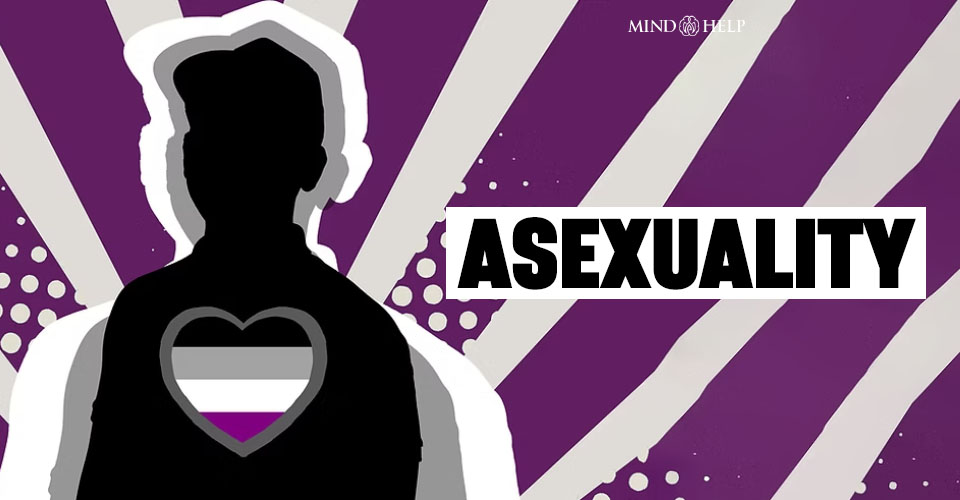
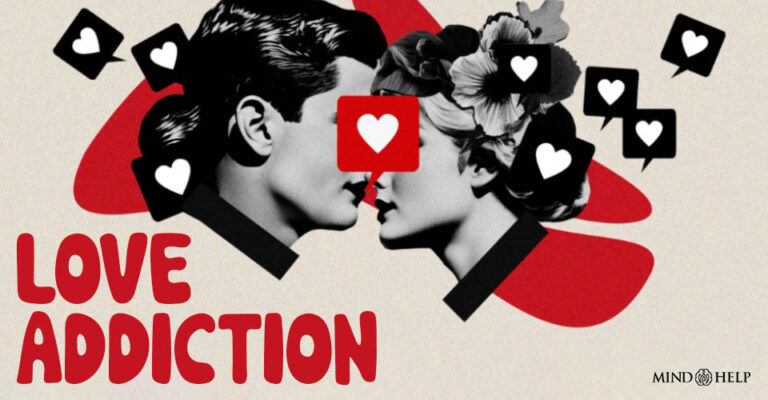
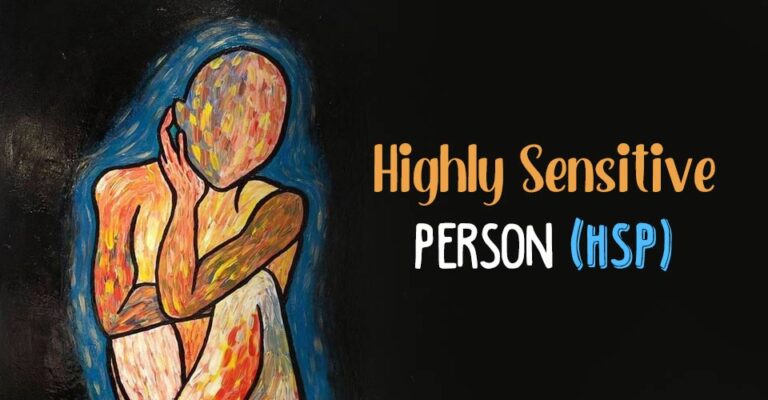


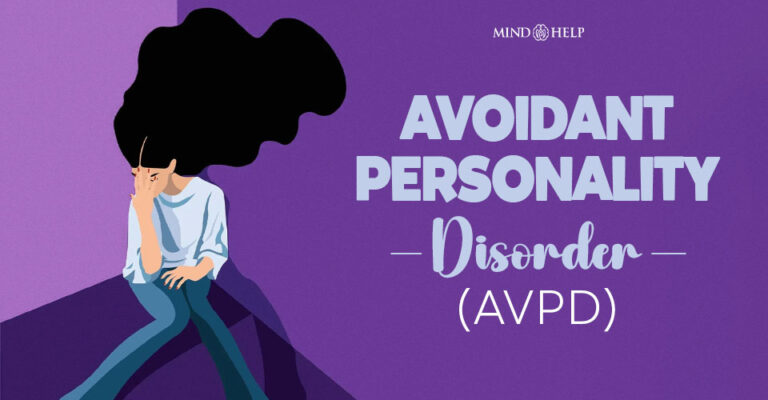
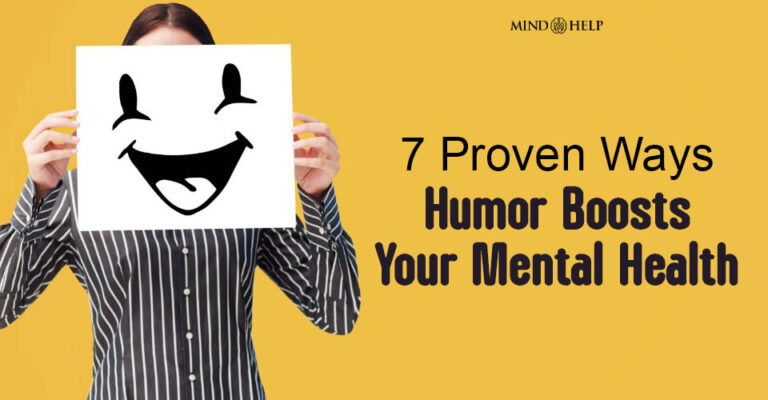

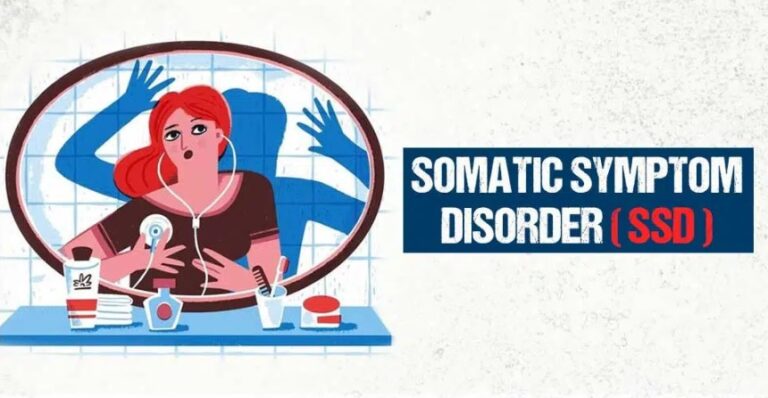




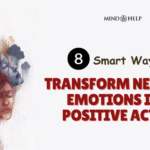
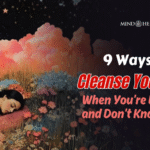
Thanks